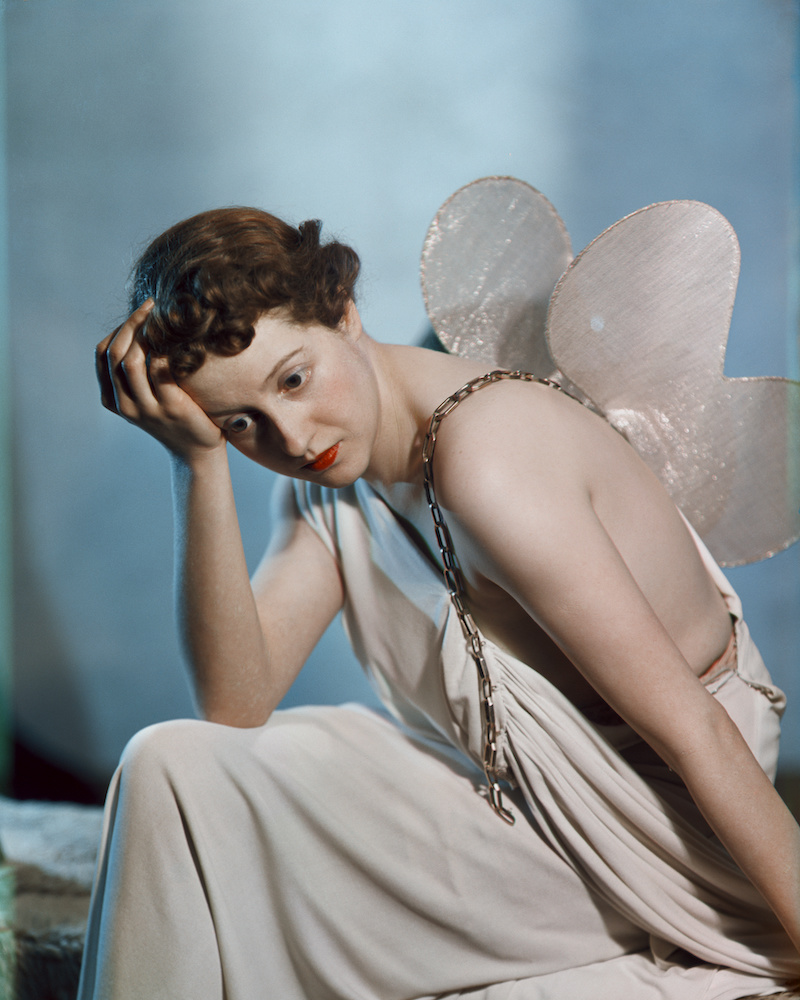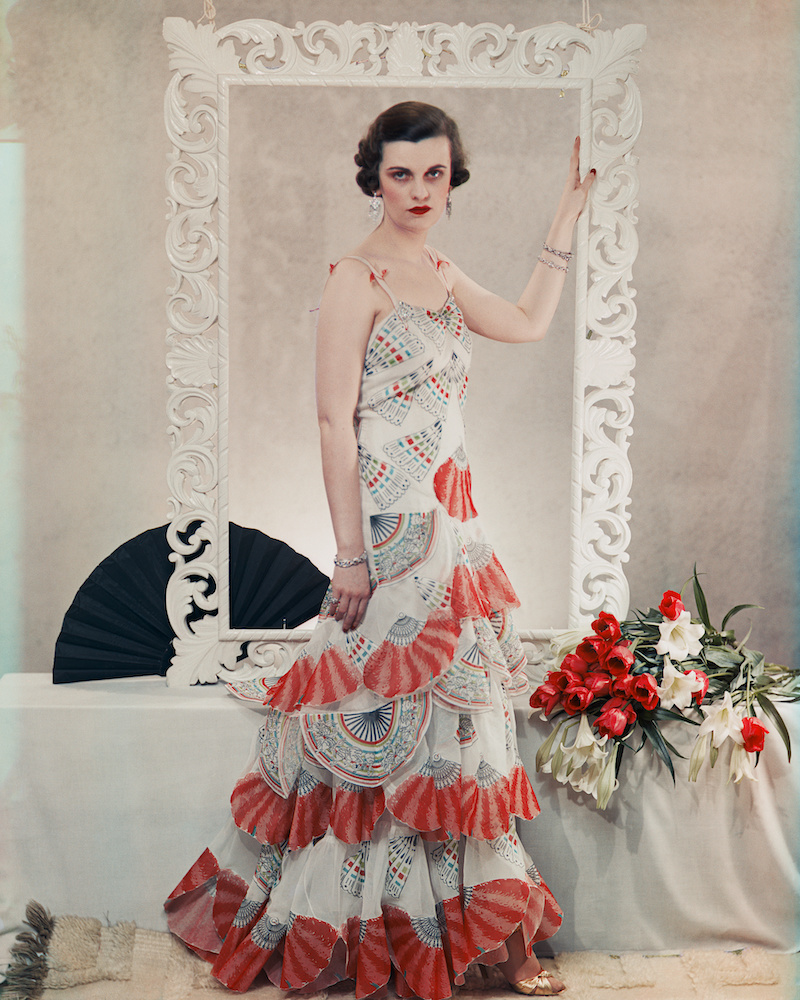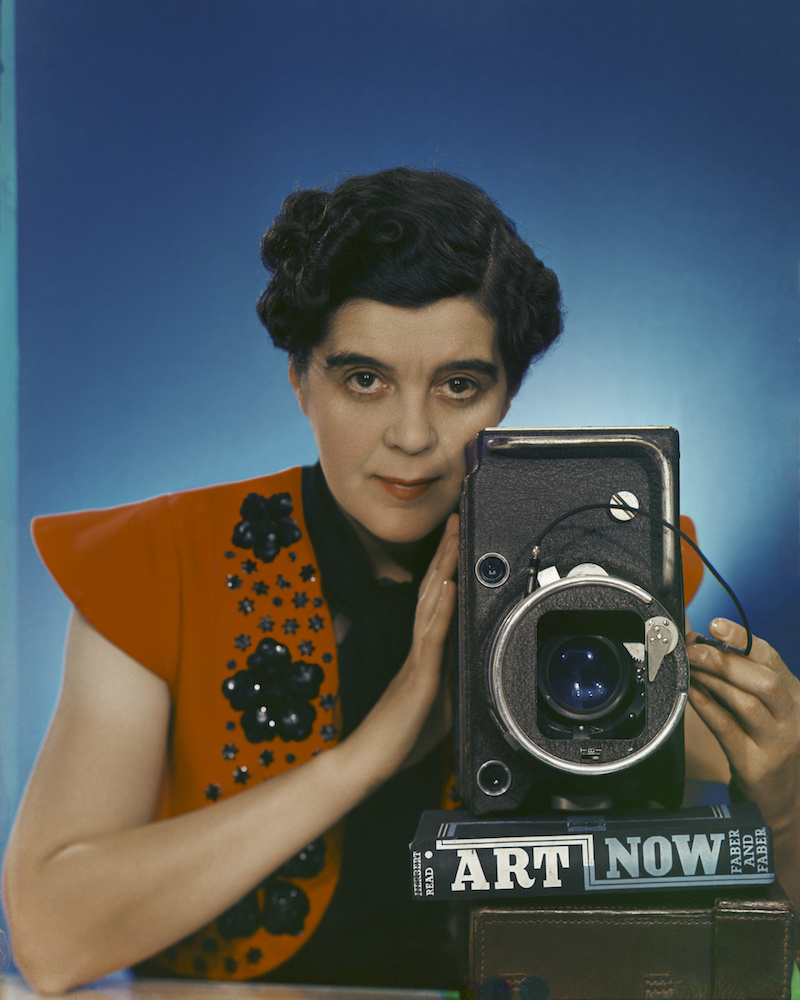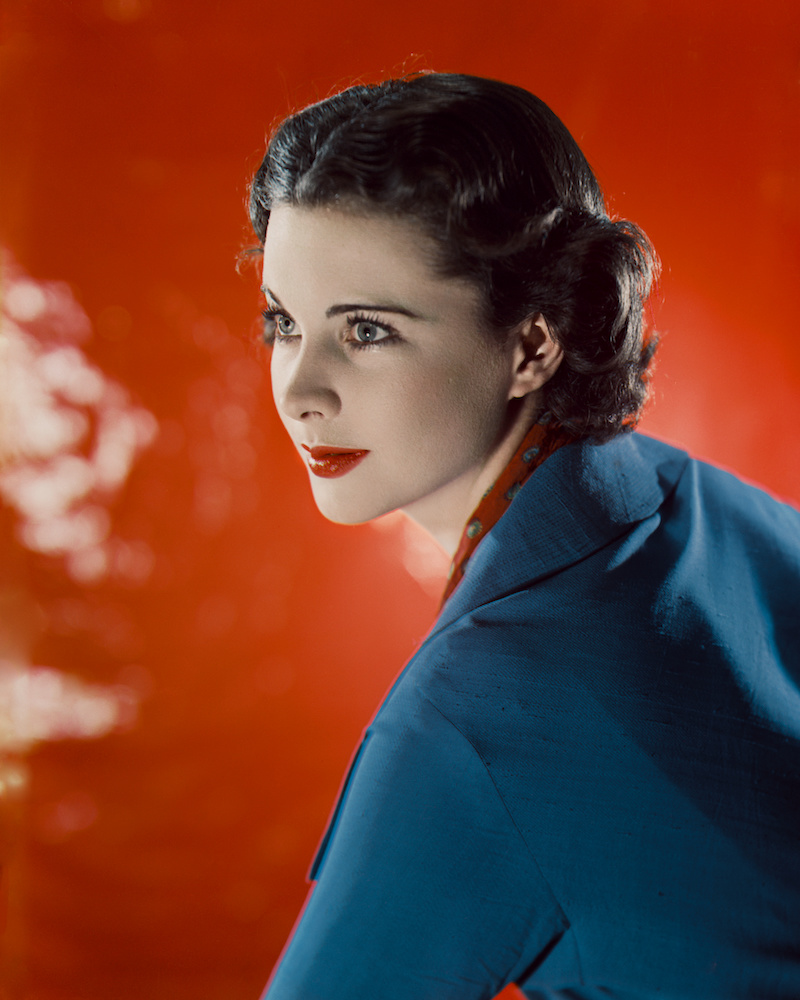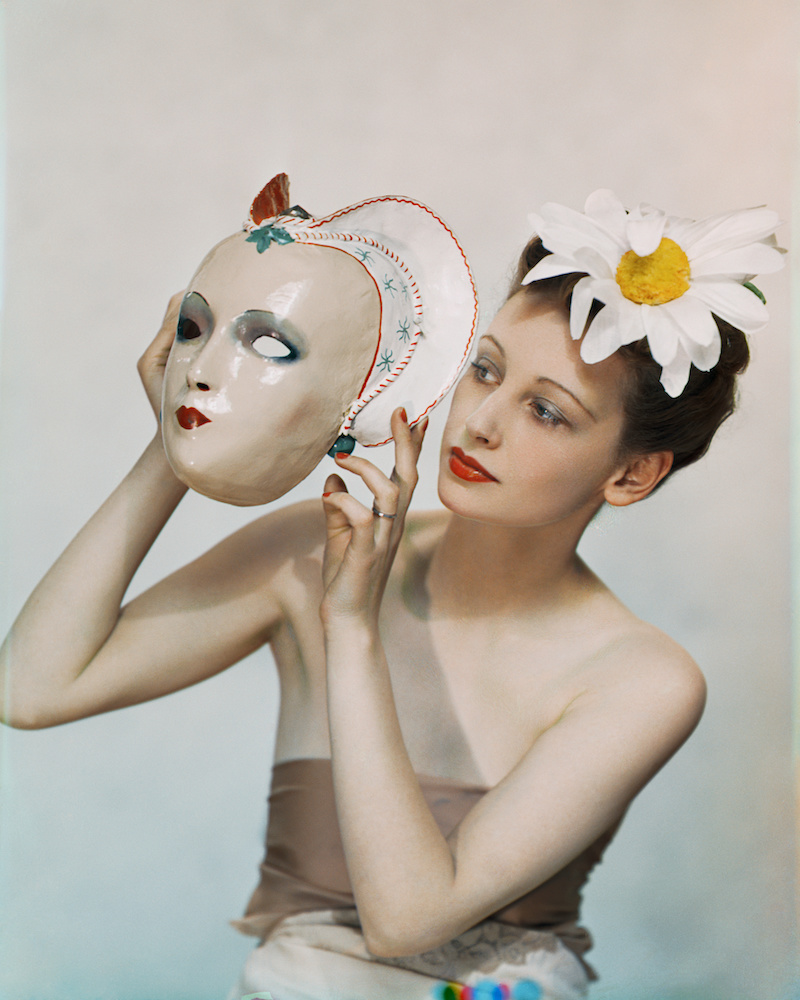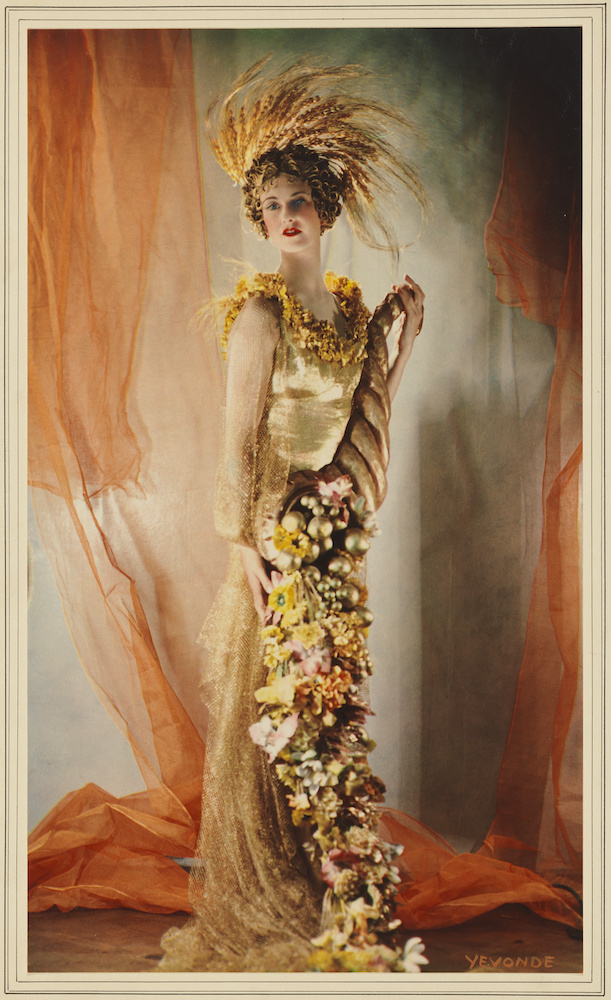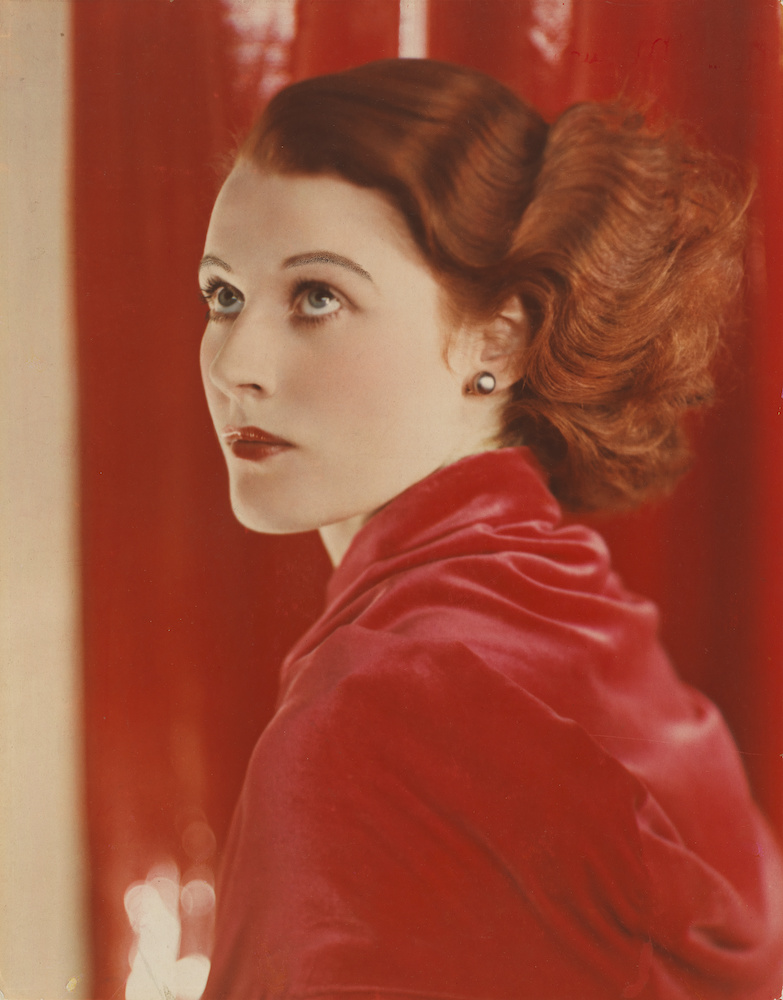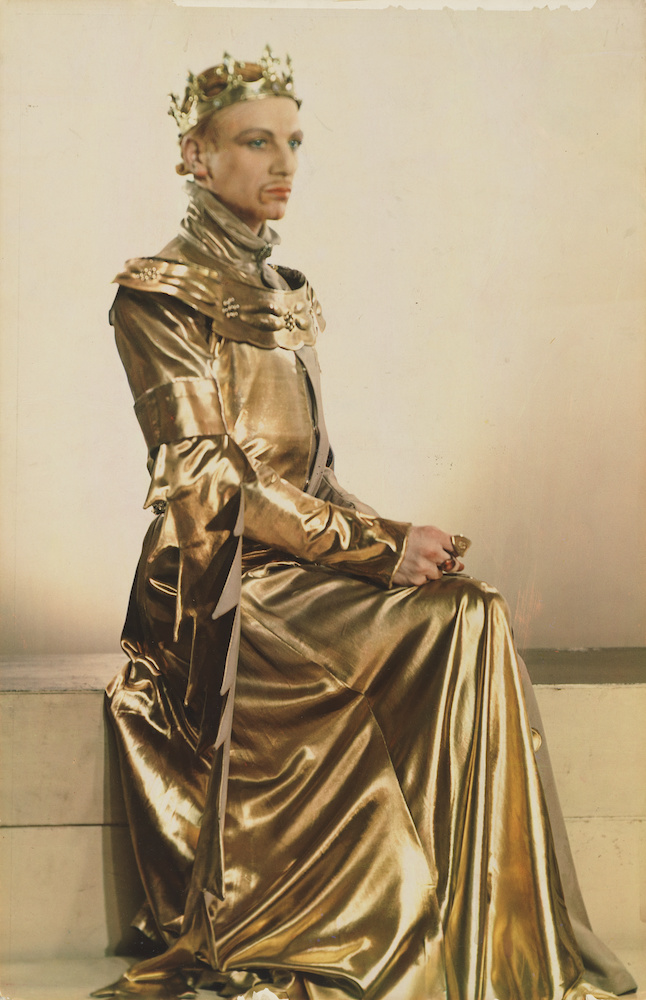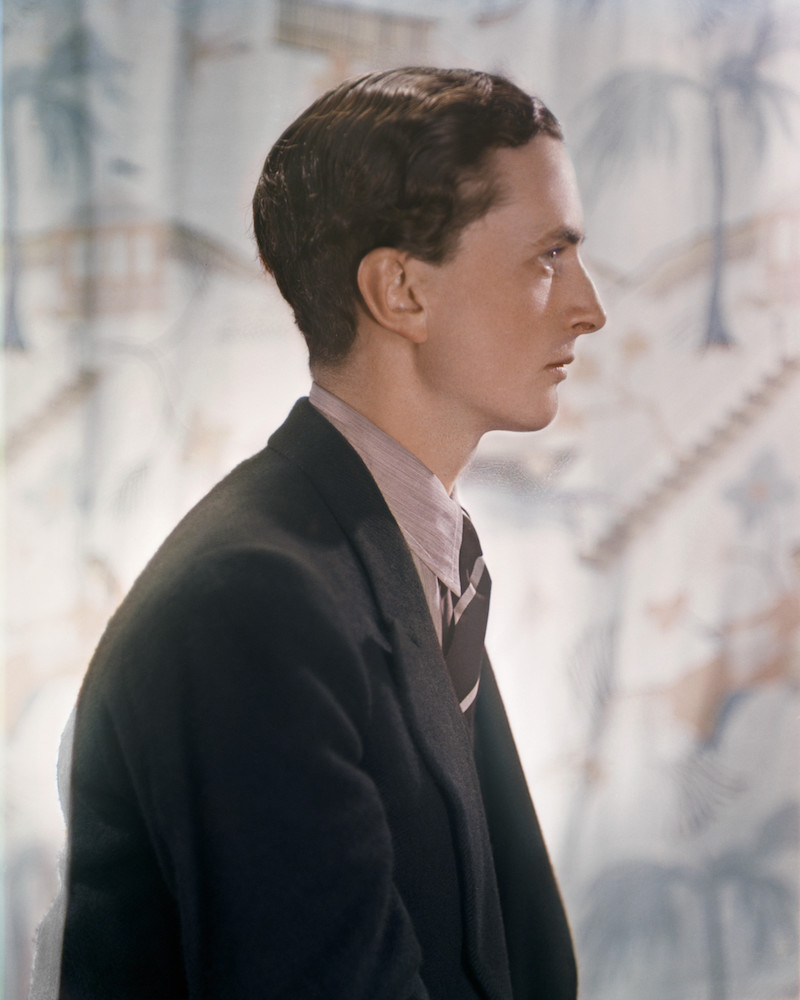Yevonde: Life and Colour
The National Portrait Gallery’s new exhibition is an exploration of the life and career of Madame Yevonde, the pioneering London photographer who spearheaded the use of colour photography in the 1930s.
“Be original or die would be a good motto for photographers to adopt… let them put life and colour into their work,” said Yevonde Middleton, in an address to the Royal Photographic Society in 1936. Born to a wealthy family in London, Yevonde – better known as Madame Yevonde – is regarded as one of the best British portrait photographers; she pioneered the use of colour photography, at a time when the technology around it was still in its nascent stage.
A suffragette and lifelong supporter of women’s rights, Yevonde opened her first studio in London in 1914, aged just 21. In a career spanning more than six decades, her portraits, still life, and commercial work straddled the genres of narrative art, Modernism, mythology, and Surrealism.
Yevonde: Life and Colour, the National Portrait Gallery‘s new exhibition, offers viewers a chance to explore the life and career of a pioneering artist, who gained freedom through photography. ”I took up photography with the definite purpose of making myself independent” reads one of the decals, as you make your way through the maze of faces staring at you from the walls of the gallery.
Starting with the black and white images Yevonde made in the early part of the 20th century, of personalities including Paul Robertson and Tilly Losch, one is quickly transported to the ‘colour’ stage of her career. Aptly titled “Exciting times!”, the bright yellow walls convey a sense of joie de vivre. “If we are going to have colour photographs, for heaven’s sake let’s have a riot of colour, none of your wishy washy hand tinted effects,” she famously said in an address to the Royal Photographic Society in 1932.
Experimenting with the Vivex colour process, Yevonde’s vivid portraits – ranging from royals and writers to artists and film stars, including Vivien Leigh, Joan Maude, and John Gielgud – are a testament to both the range of people she photographed, and the attention paid to each portrait. The red haired actress Joan Maude, dressed in red with a red lip, poses against a red background. Despite the dominance of the colour red, the colour of Joan’s eyes isn’t lost. In fact, it’s easy to focus on Joan’s face despite the strength of the colour palette. There’s a softness to Joan’s expression, as she looks away from the camera.
In contrast, the portrait of Margaret Sweeny (later Duchess of Argyll), is framed by softer tones of ivory and white. However, there’s a severity in her expression which offsets the femininity and tenderness of her attire, and the bouquet of roses and lilies in the frame.
A Galaxy of Goddesses features works that were created during a themed party hosted by some of Yevonde’s high society clients, wherein she photographed women dressed as classical figures including Persephone, Psyche, and Europa. In July 1935, she launched her new Mayfair studio with An Intimate Exhibition! Goddesses and Others.
In the essay ‘Yevonde’s Goddesses’, included in the catalogue, Lizzie Broadbent writes: “Seen through today’s eyes, Yevonde’s images of (often) titled women dressing up and posing as goddesses might appear dated and elitist… However, through these works, Yevonde was reflecting and, to some extent, subverting contemporary trends in photography, design and society”.
Yevonde: Life and Colour also offers a chance to engage with Yevonde’s still life images, imbued with Surrealist elements, which demonstrate her creativity as well as her sense of humour. Iconic images including Lobster (1934), Rocking Horse (1938) and Nefertiti (1939) are a result of Yevonde’s experimentation with abandon, and “her love for the quirky and surreal” – as Georgina Atienza writes in the essay ‘A Sprinkling of Still-Life Phantasies’, which is included in the catalogue.
Yevonde: Life and Colour is on display at the National Portrait Gallery, London until 15 October 2023.
By Shyama Laxman

